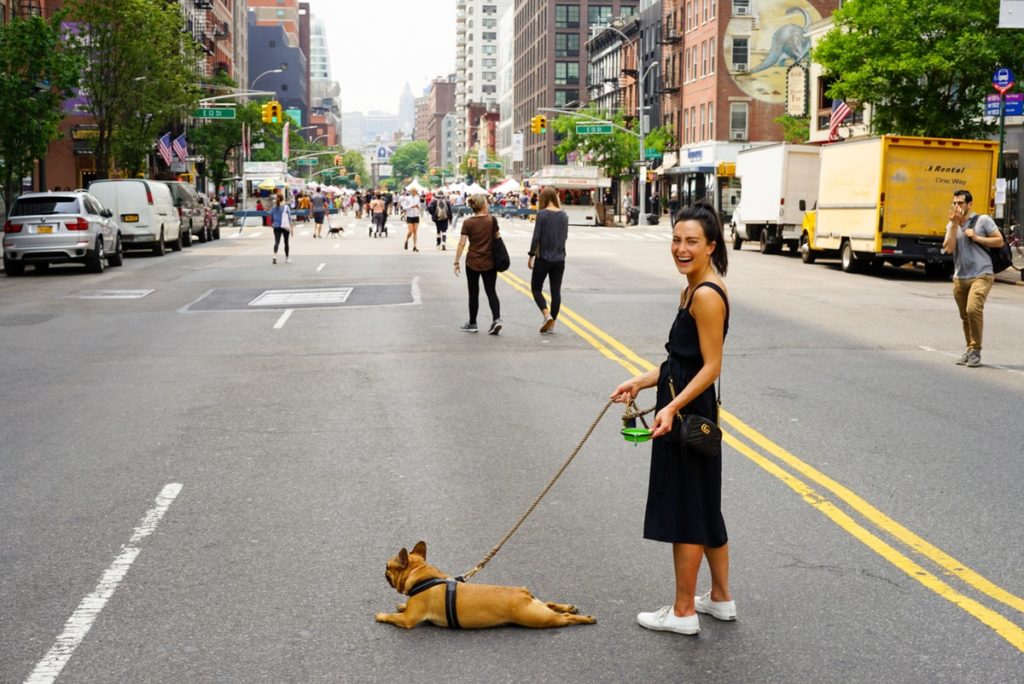Don’t be ashamed to admit that you’re buying a house because of your dog. You’re not surprising anyone–least of all your realtor–with this revelation. A survey revealed that millennials are among the number one house buyers today, and their common incentive isn’t their families but their dogs.
You’ve been warned that owning one will be expensive, but you probably didn’t think it would come to this. Will you have regrets? The chances of that are slim, considering this is a purchase made out of love, and you’re not trying to impress anybody but your pet pooch.
That said, deciding to buy a house isn’t as easy as finding your dream one. A lot of consideration comes into play apart from the usual ones like budget and aesthetic. You’ll want to make sure that the house suits your dog as much as it suits you. Fortunately, there are great tips from fur parents that have walked this road before.
Neighborhood Pet Laws
Your first consideration must always be the pet laws in the neighborhoods you’re eyeing. Different communities might not be suitable for raising pets for obvious reasons like lack of space, unsanitary environments, and the presence of threats like coyotes and bobcats. Some look ideal but have pet laws that might not be welcoming to your dog’s breed or personality.
The number of dogs you have also comes into account in pet laws for specific areas. Pit bulls get a bad rep in places like Missouri, Kansas, and Iowa. Louisiana banned not only pit bulls but also Alaskan malamutes and Doberman pinschers, among others, due to them being “dangerous.” Mississippi is suspicious of Rottweilers, and even adorable Shar-Peis didn’t escape scrutiny.
Thinking of moving overseas? Australia has plenty of sceneries you’ll want to see with your dog, but be warned; they also ban specific breeds that are bred for fighting. Dogo Argentino, Japanese Tosa, Presa Canario, and American Pit Bull Terriers won’t be able to enter the country because they’re labeled as ‘aggressive.’
Whether the bans and restrictions seem just to you hardly matters, you’ll want to move to a place where you’re neither breaking the law nor making your neighbors feel nervous all the time.
The Ideal Backyard
Saying you want a house and land sounds specific, but if you’re thinking about your dog’s safety, that’s not specific enough. The ideal backyard must be compatible with your dog’s size, personality, and training. Getting one with an impressive landscape complete with a creek looks like a good idea, but not if you consider the hazards they pose on your furry friend.
Stay ahead by educating yourself on the many harmful plants and elements that can poison or injure them. Think aloe vera, sago palm, ivy, and gladiola. Your favorite daffodil and baby’s breath will have to take a backseat for safe alternatives such as roses, African violets, and lilies.
The existing fencing might also not suffice if your dog is an escape artist. Take an expert opinion on the kind of fence that will solve issues like running away and incessant barking, among others. Maintenance should also be a consideration because yo u’ll want to check it and fix anything poking out that could harm them.
u’ll want to check it and fix anything poking out that could harm them.
A Good Walking Route
Long peaceful walks with your dogs are one of the charms of being an owner. Your new neighborhood must have roads, trails, parks, or rolling grasslands where you and your pack can enjoy a daily stroll. While cities and highly dense communities don’t pose immediate harm to them, they offer plenty of inconveniences come potty time.
Is your dog reactive or undersocialized? Having a larger space to roam where you can safely introduce them to new people and animals will be easier to manage their issues. You also don’t want to be anywhere that’s too rural or near the woods where wildlife can prey on your pets.
The Right Floor Plan
Downsizing is not always a good idea, especially for medium to large breed dogs or packs made up of three to four small breeds. Moving from a big space to a small one can stress everyone out since you’re all running into each other and maybe tripping on legs and tails. If you do downsize, an open floor plan that gives the place more breathing space is preferable. You can decorate with minimalist furniture to achieve your desired aesthetic without making the place look cramped for you and your pack.
If you have stairs, think about your dog’s physical condition and age. Some can’t go up and down the stairs past a certain age, so that will prove to be a major hindrance. You’ll want to consider transferring to a room downstairs then so that you can still sleep together like you used to.
Pick a Canvas
Choose something that you can still do some work on for your dog’s benefit. As they age, they’re going to experience phases and difficulties that will make it necessary to add safety features to your home. The more like a blank canvas your new home is, the better you’ll be able to turn it into the masterpiece your dogs will consider their pack haven.

